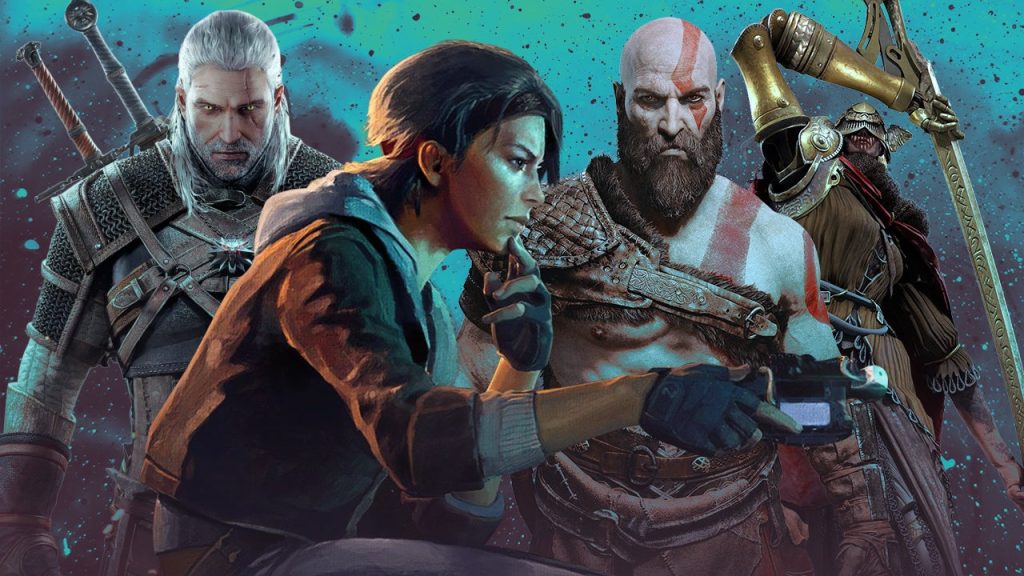In the rapidly evolving world of gaming, hardware innovation plays a critical role in enhancing the player’s experience. Among the newest advancements is the introduction of the highly adaptive universal pin, a cutting-edge technology designed to elevate game controllers, offering versatility and responsiveness like never before. This innovation presents gamers with the opportunity to customize and optimize their gameplay in ways previously thought impossible. The universal pin allows for seamless integration across various gaming platforms, ensuring that players can enjoy a unified experience whether they are on a console, PC, or handheld device. By adapting to each platform’s specific needs, this tool creates an unprecedented level of accessibility and performance. The core appeal of the universal pin lies in its adaptability. Gamers can now easily switch between different gaming systems without the need for separate peripherals or complicated setup processes. This means that whether you are jumping from a PlayStation to a PC or a mobile device to a console, your experience will remain consistent.
The universal pin’s ability to synchronize with any system automatically allows for smoother transitions and more streamlined gameplay. It bridges the gap between various gaming ecosystems, making it easier than ever for players to enjoy their favorite titles, regardless of the platform they choose. One of the most significant advantages of the universal pin is the increased control it offers gamers. The pin’s adaptive nature means it can automatically adjust to the specific input requirements of each game or platform, providing players with optimal sensitivity and precision. This level of customization is invaluable in fast-paced or competitive games where every movement and button press can mean the difference between victory and defeat. The enhanced responsiveness allows for more fluid and accurate interactions, improving overall performance and uc buy games offering a competitive edge in both casual and professional settings. Furthermore, the universal pin contributes to an improved ergonomic design for controllers. By integrating this technology, devices become more comfortable to use over extended gaming sessions.
Whether you are playing for an hour or indulging in a marathon session, the adaptive pin ensures that your controller can be fine-tuned for comfort, reducing strain on the hands and wrists. This ergonomic flexibility is a game-changer for players who may have previously struggled with discomfort or fatigue, providing a more enjoyable and sustainable gaming experience in the long run. Beyond functionality, the universal pin opens up a world of creative possibilities for game developers. With this technology, developers can create more immersive and tailored gaming experiences that take full advantage of the pin’s adaptability. From haptic feedback to nuanced control schemes, the universal pin allows for more dynamic interactions within games. This level of customization gives developers the freedom to innovate, offering players fresh experiences and deeper engagement with the games they love. As more developers integrate the universal pin into their designs, the overall gaming landscape will continue to evolve.


